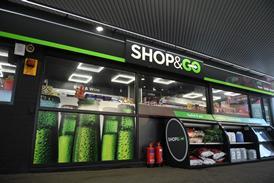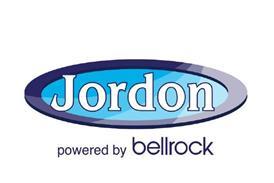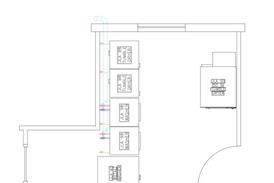SO, SUMMER HOLIDAY time again. I don’t know about you, but once upon a time I couldn’t wait to get on that sun-lounger. Get the old suntan cream on, order up a couple of drinks and just lie there and frazzle. Guess it must be a sign of me getting older (or perhaps that I’m not working hard enough!) but now, after a couple of days of unwinding, I find I’m bored and restless.
One of the things I’ve started to do to break up the monotony, is visit the local produce market. I’ve found there’s usually a fruit, fish or meat market within a few miles of where I’m staying, so I get up early and pay it a visit. Apart from seven in the morning being a good time to explore the local area – not too hot and very little traffic – there is something quite self-satisfying about being up and about while everyone else is still asleep, especially when this is something you have chosen to do rather than it being part of a daily grind.
The curious thing is that no matter which country you are in, these markets all tend to follow the same format. When you walk into the market hall the first thing that strikes you is the wonderful smell. Then there is the cacophony of sound as, even at seven in the morning, each of the stallholders tries to tempt you to buy from him rather than his competitor. But what I always find staggering is the sheer number of stalls that all seem to be selling the same items. And nearly all of them have at least one or two customers.
The busiest are usually the first one or two by the entrance. I’ve often wondered about the history behind how the owners managed to get these pitches. Was it some lucky drawing of lots or did some long-forgotten ancestor once fight off his rivals with brute force? More likely, how much did it cost in bribery or political favours in order to out-connive the competition? Whatever the explanation, the amount of trade these stalls do, bears witness to the golden rule of retail – location, location, location.
There is usually one other stall that tends to draw the crowds. Often near the far end of the hall, its attraction is not that it sells a bigger range or that its produce is of better quality. No, its attraction is that it’s selling at cheaper prices. I only know that because all of the stalls conveniently display their prices so it’s easy to compare who’s the cheapest.
Enough of this Judith Chalmers meets Harvard Business School stuff, I hear you say, what’s this got to do with petrol retailing? Well, my readers, we are discussing the great pole sign debate. What to do if the price per litre goes over £1. Do we stick a big number one on the pole in front of the other numbers, or do we price in half litres? The answer, surely, for most of us is that we should take this golden opportunity to free ourselves from these monolithic edifices of our own demise! In other words, stop displaying any prices.
Once upon a time we had a pole sign not a price sign. It had an oil company logo and a 60x40 illuminated box that displayed posters. We advertised our services and the promotions we were offering. Along came the hypermarkets with their cheaper prices and the oil companies responded with their price-match deals. So we showed our prices to prove we were competitive. Which was fine and dandy when we could match the hyper’s prices.
The world is a different place these days. With the exception of Shell, and those few dealers on the last legs of guaranteed margin deals, we can’t match the hyper’s prices anymore. Most times we’re happy to be 1p above, sometimes we have to be 2p above. Why display a sign that tells the customer the hypers are cheaper?
The majority of sites in many areas are now under dealer control and we usually have the better locations. The price-above-all-else punter will still buy at the hyper but why fight among ourselves for the rest of the market? Let’s use the space to market OUR site, not drive the business to the hypers.























No comments yet